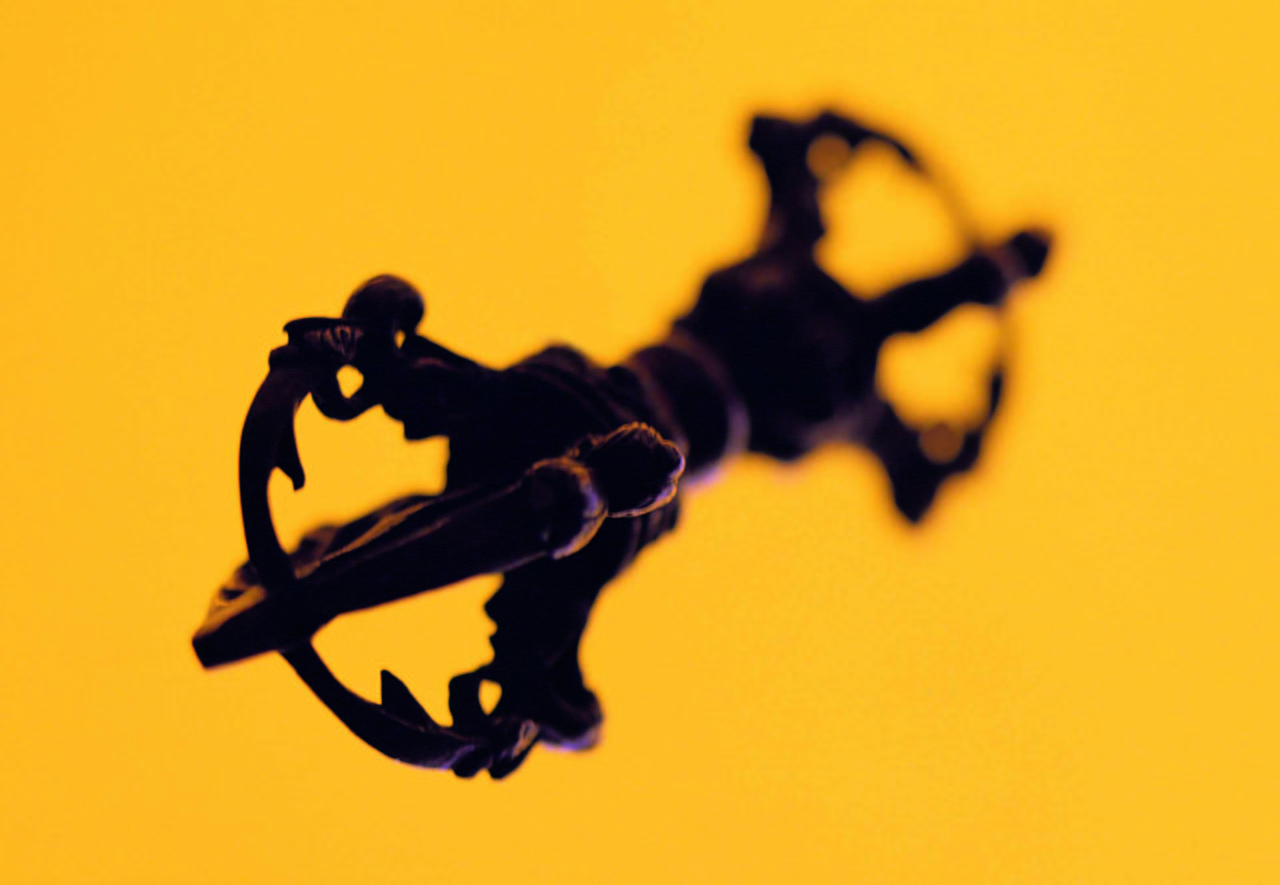What’s left to say about the Buddha? Everything, I discovered: the funny, original, surprising Buddha of history is more relevant than ever
Writing the biography of the Buddha which was published last year as Gautama Buddha: the Life and Teachings of the Awakened One, I made a surprising discovery: the Buddha was funny. Buried deep in the huge volumes of the early Buddhist scriptures I found this:
Suppose there was a dung beetle that was gorged with dung and had a huge pile of dung in front of him. He would look down on other beetles and declare, ‘Yippee! I’m a dung-eater with a huge pile of dung in front of me!’ In the same way, a monk goes into a village or town for alms and then goes to the monastery and boasts, ‘I’ve eaten as much as I like, I’m full of alms-food and I’ve been invited again for tomorrow!’
He’s speaking to monks who had to beg their food and making fun of their tendency to feel pleased with themselves when they found some one who would give it regularly. As well as showing that the Buddha was funny, it also shows he wasn’t pompous, he enjoyed teasing people and had a rather mischievous turn of mind.
I loved coming across this sort of thing as I waded through those texts and struggled to organise the material. I wanted to present a vivid and readable account of what we can say with some confidence about the Buddha, without covering over the things we don’t know. That’s hard because there’s a vast amount of information in the early sources, which mostly comes in a jumble, not according to a timeline or chronology. And it’s hard to know which elements of the early records of the Buddha’s life record what actually happened and which have been adapted and rewritten.
By the end I understood why no one else had ever tried quite what I was attempting, but I was surer than ever of its value. For me, the Buddha is one of history’s truly outstanding individuals and the more clearly we discern who he was the more clearly his radical and profound message will be heard.
An image came to my mind as I was writing.
On the mantelpiece in the house where I grew up was a small jade statuette. As a child I couldn’t make out what it was at all. I just saw a blur of shapes. Then one day I looked again and saw a slender, seated figure against an ornate backdrop of intertwined branches or creepers. Something about the way the man was sitting struck me. He was poised, focused and beautiful. I now know it was an image of the Buddha seated beneath the bodhi tree on the cusp of Enlightenment, as imagined by a Chinese sculptor.
Writing my book meant distinguishing the figure of the Buddha from the elaboration that surrounds him. Popular culture muddles up the figure Buddhists revere with all sorts of other mystical figures, but then Buddhist traditions themselves mix together all sorts of elements.
For Mahayana (‘Great Way’) Buddhism, which flourishes in China and Japan, the Buddha is timeless, not historical, and archetypal rather than flesh and blood. Then there’s the figure revered in Theravadin countries such as Thailand, Burma, Laos and Sri Lanka, who has a timeless dimension but is also connected to the Discourses. These seem to be the earliest Buddhist scriptures and depict a more-or-less realistic version of reality; but the early Theravada Buddhists weren’t historians and much of their account turns out to be legend.
This version of the Buddha’s life makes its way into movies like Bertolucci’s Little Buddha, and if you have regard to historical facts you’ll need to ditch most of it.
He wasn’t a prince called Siddhartha. (It’s true that his family name was ‘Gautama’ but we have no idea of his personal name.) His father wasn’t a king; he didn’t spend his youth entirely cut off from the world; he didn’t have a fairy-tale romance or see four shocking sights that persuaded him to steal away from his wife and son in the middle of the night. These stories are missing from the earliest accounts and we can trace how they developed over time into the elaborate legends of later Buddhism. It even turns out that the dates of the Buddha’s life used in Theravadin tradition probably place his life 100 years too early. The best evidence suggests that he was born around 480 BCE and died 80 years later around 400 BCE, making him a contemporary of Socrates, Sophocles and other great figures of the Golden Age of Athens.
Why does this matter? For many, the Buddha is important because of his teachings and practices. For Buddhists, he also embodies Enlightenment: a kind of existence that leaves behind the limitations and confusion of our own lives. And neither the teachings nor Enlightenment are matters of history. But our approach to the Buddha affects how we see the Buddha and how we understand Enlightenment. If we think the Buddha grew up as a prince in a secluded palace we shall relate to him as a figure from legend and fairy-tales. Such stories can inspire us, but we can’t easily identify with them.
Consider instead the figure we actually find in the early scriptures. He is born in a provincial town of a new civilisation among aristocrats who have become vassals. They no longer ride to war and are worn down by the drudgery of farming. Bizarre holy men called shramanas are everywhere, but religion is riven by conflict, just like politics. A new brand of priests – the Brahmins who claim to be masters of powerful magic – plan to supplant the old holy men.
Gautama is troubled by his existence and sees that he is the author of his own suffering, like everyone else. This spurs him to follow a spiritual path but he finds that religious teachers are as blind as everyone else. They are free from the distractions of worldly life but they are blinded by their beliefs. He pursues the answer within his own mind, gains unprecedented mastery over it, and then makes a breakthrough he calls Awakening.
For forty-five years after his Awakening Gautama travels continually across the Ganges Valley. The dust of its roadways cakes his feet, he gathers food amid the grime and bustle of the cities and he gives talks in the parks just outside them, where religious wanderers stay. He meets merchants and musicians, kings and lepers, priests and prostitutes. He speaks with the curious, the sceptical and the intensely devout and keeps trying to communicate his understanding of existence and its explosive consequences. He stretches the meanings of the words and concepts that people already know, and he invokes venerable, established ideas but turns them on their heads. He is brave, kind and funny. He is a man of his times, which are more different from our own times than we can easily imagine.
Legendary and archetypal ways of thinking come naturally to people living in traditional societies. The modern world has learned, for better and for worse, to distinguish the natural from the supernatural, and history from legend. That’s why modern people can’t regard the legends of the Buddha’s life in the literal way that traditional Buddhists have seen them without losing something important that makes us who we are: the capacity to think clearly and objectively.

Personally, I love legends and myths and I find in the archetypal Buddha a doorway to a realm of imagination and beauty. But I feel closer to the Buddha of history. His struggles mirror my own.
The Buddha I discovered through researching and writing my book was a warm and vivid human being with a strong and sometimes quirky personality. He engaged with the reality of his life with amazing directness and profundity, and he spurs me to engage with my own life in the same unflinching way.
There’s something more as well.
The early accounts agree that the Buddha was more than simply a wise, intelligent and kind man. They tell us that he was Awakened and ask us to catch an echo in his words and deeds of a dimension as different from ordinary life as waking is from sleeping. That remains even when you strip away the legends.
At root, that promise of Enlightenment, rooted in the Buddha’s life and teachings, underlies all the images of the Buddha. It’s also what unites Buddhists of different hues.
Over its long history, Buddhism took many forms. There’s an array of art practices and even beliefs, and today these forms of Buddhism have varying degrees of vitality and resonance. What Buddhists share is a common founder and a common inspiration: the Buddha as an ideal and as a human being.
Gautama Buddha: the Life and Teachings of the Awakened One by Vishvapani Blomfield was published in hardback by Quercus in January 2011 and in paperback in January 2012
See reviews, articles and interviews about the book at www.GautamaBuddha.info
This article first appeared in the This Way Up ezine



Whose translation is that? Thanissaro’s is a lot less funny.
Actually, it’s my own ‘rendering’ based on Thanissaro, Bodhi and Woddy Allen
I am by nature both a pragmatist and sceptic. I understand that my difficulties with the mystical and mythical elements of Buddhism result from parental conditioning. My father frequently told me, “Believe nothing of what you hear and only half of what you see”. This currently remains deeply ingrained in my psyche and it is a tribute to my preceptor, Vessantara, that he was able to see beyond this limitation, recognise my deep affection of the Buddha Dharma and ordain me. Your affectionate description of the historical Buddha in both your book and in this posting, and the way you are able to also relate to the colour and splendour of the mythical, have been a great inspiration to me. Thank you.